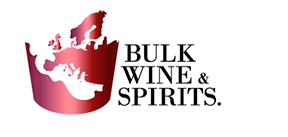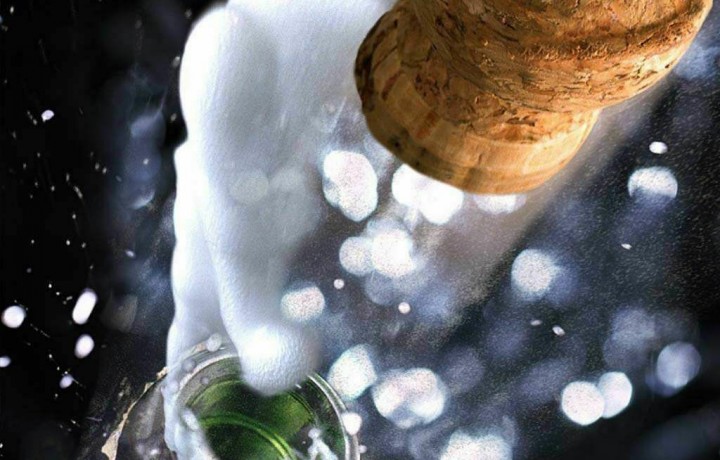Cava strives to take over the market, robbing part of the champagne international market share.
Last year, as in the three previous years, in global figures more bottles of cava than champagne were traded. This trend confirms that this Spanish product will overcome any adversity caused by the current crisis due to its excellent quality-price relationship.
This trend to replace champagne by cava looks unstoppable, as it shows the fact that nowadays cava sales are above champagne sales: the difference is about 12 million bottles.
This figure includes sales of three and a half million bottles of champagne in the domestic market last year, showing a continuing decrease since 2007 (during period 2011-2012 the reduction was in the range of 0.3%). Actually, the explosion of the Spanish real estate bubble has caused this champagne consumption decline in Spain, that now occupies the ninth place in the champagne consumption globally. In contrast, champagne sales have grown significantly in France in the same period (8.31% more).
In the last five years cava sales have doubled in France, reaching a notable sum: 4.3 million bottles, leaving France as the sixth biggest exterior market for cava.
Still though, champagne production is much more powerful than that of cava, due principally to the strong presence of domestic consumption. However, both products have experienced a sales decline in the origin country (in contrast with bulk wines).
Internationally, both products compete virtually in the same markets (Germany, United Kingdom, United States, Belgium and Japan) and for the same target.
It is interesting to note that both, cava and champagne, use the same preparation, called “champenoise”. This is based on subjecting wine to a second fermentation inside the bottle. However, grapes used for both products have different characteristics because of the difference in their own geographical conditions, resulting in a totally different product.
It is also interesting to note, another difference: the entrenched French tradition to consume champagne regularly, and not just in celebrations and holidays. This is one of the reasons to justify the disparity of national consumption.
Fortunately in Spain you can find quality cava in different geographical areas, such as: Catalonia (Penedés), Valencia (Requena), La Rioja (Haro and Grávalos), Navarra (Mendavia), Extremadura (Tierra de Barros and Comarca de la Plata), Burgos (Aranda del Duero) and Aragon (Arizo, Cariñena, Calatayud and Jarque).

